Marianne Wex with
Shannon Bool, Nina Hoffmann, Matt Keegan, Julika Rudelius, Jeremy Shaw
The exhibition Re-Discovery II curated by Janneke de Vries displays a key work of the concept artist Marianne Wex (b. 1937 in Hamburg). Rooted in the framework of the 1970s feminist movement, it examines the relationship between space and body through the medium of photography and the appropriation of discovered pictorial material. The group exhibition with contemporary artists uses sculpture, photographs, films and performances to trace and mirror a variety of connecting lines to Wex’s oeuvre and to the themes of gender and space.
In the years 1972 to 1977, Marianne Wex photographed people and their postures in the streets of Hamburg, subsequently subdividing the resultant pictures into diverse categories. She juxtaposed the specific ways in which women and men used and moved their arms and legs, feet, knees, elbows, hands, shoulders and heads. Her concern was for the extent to which gender-specific conditioning and hierarchies were reflected in day-to-day poses and gestures. In order to extend the scope of her inquiry, Wex supplemented her some 5,000 photographs from the public sphere with images photographed from the mass media and with comparative historical depictions derived from Antiquity and the Middle Ages.
The artist then transferred the substantial results of her researches onto panels bearing collages of the pictures and elucidatory texts. Following on from this installationary form, Wex then published a more comprehensive book entitled „Weibliche“ und „Männliche“ Körpersprache als Folge patriarchalischer Machtverhältnisse [‘Female’ and ‘Male’ Body Language as a Consequence of Patriarchal Power Relationships] (1979). Wex’s photo-panels were put on display for the first time as of the part of the Künstlerinnen International 1877-1977 [Female Artists International 1877—1977] exhibition in the NGBK in Berlin. At the end of the 1970s and in the early 1980s they passed through a number of national and international exhibitions, but then fell largely into neglect in an artistic context. It was not until 2009 that a part of this body language project was again exhibited, in the Focal Point Gallery, Southend-on-Sea. In 2012, the Badische Kunstverein, Karlsruhe became the first gallery to exhibit all existing panels from the ‘Female’ and ‘Male’ Body Language project.
Marianne Wex’s photographic project is conceptual to the highest degree. On the one hand it evinces a specific manner of dealing with photography as a medium and with the appropriation of found pictorial material. On the other hand, the work positions itself within the context of the feminist movement of the 1970s, examining the relationship between body and space (hence the title of the English book version: Let’s Get Back Our Space).
Taking the issues broached in Wex’s photographic atlas as its starting point, the exhibition Re-Discovery II will trace lines of connection linking up with the current-day production of contemporary artists, female and male. Thus the film Seven Minutes, by Jeremy Shaw (b. 1977, lives in Berlin), casts its spell over viewers at first by means of a trance-like sound-track and decelerated images steeped in sepia. After some time, however, the slowed-down, almost dance-like movements can be deciphered for what they are – a regular fist-fight between two young women surrounded by a crowd of onlookers. Not only are the women – in an enactment of wrongly understood equal rights – taking up the ‘male’-connoted ritual of a trial of strength via physical aggression, but the frank voyeurism of the scene also calls into question both the boundaries between the private and the public and the public acceptance of violence.
Broken Pole, by Shannon Bool (b. 1972, lives in Berlin), is a reminder of the changing significance of the pole-dancing pole – which now serves not only to exhibit the female body in striptease, but is increasingly used for self-confident gymnastic exercise in the fitness studio. At the same time, the title and the cylindrical narrowing more or less at the point where someone of Bool’s stature would take hold of the pole, are references to Barnett Newman’s Broken Obelisk of 1963-1969 – i.e. to a piece of work which was created in the social upheavals of the 1960s as an antithesis to any form of monumentalism or immutable unalterability. Bool’s carpet piece MEC #4 stages a transfer of significance between ages, cultures and dimensions by quoting the carpet from the central image in Hans Memling’s Donne Altarpiece (c. 1475), which itself refers to patterns from the Orient. Bool translated Memling’s painting into a detailed drawing and had the resulting draft worked up into a magnificent floor-covering design by traditional carpet weavers in Anatolia, retaining the central perspective distortions of the two-dimensional draft in three dimensional form and excluding the Madonna figure. For Pastoral Analyst, Bool uses a 1920s Lanvin fashion photograph. Here too, she removes the female figure from the picture, but fills the resultant empty space with ornaments. These quote the ceiling ornamentation of a traditional ceremonial house – i.e. of an area to which women are denied access.
In her film Rituals, Julika Rudelius (b. 1968, lives in Frankfurt/Main and Los Angeles) sets young Chinese men of androgynous appearance in street situations in the Far East where they act out seductive poses such as those disseminated worldwide in advertising and the media. The discrepancy between the gestures with their ‘female‘ connotations and the oddly unfitting surroundings exposes the artificiality of the poses and the commercialized eroticism they contain. The seductive role undergoes a shift – are the young men the seducers, or is it the camera with its promise of fame that is doing the seducing? At another moment in the film, men are shown showering working women with bank notes of evidently low value – as if, by this helpless gesture, they were attempting to maintain long-outdated notions of gender hierarchies and the distribution of power.
In her photographic work Gruppenbild mit Dame [Group Portrait with Lady], Nina Hoffmann (b. 1980, lives in Berlin) has eight male friends re-enact in pose and gesture a group picture of Hollywood starlets from the 1950s. The artificiality of the poses is additionally heightened by post-colouring. Hoffmann is here linking up with gender attribution subversion strategies current in the art of the early C 20th – for example, the French artist Claude Cahun with her search for a ‘neutral’ gender, or Marcel Duchamp, who in 1919 adopted a female alter ego with the name Rrose Selavy (‘Eros, c’est la vie’). The four-part work on paper Planet Earth Is Blue and There Is Nothing I Can Do, on the other hand, investigates the reality of equal rights in today’s world. To this end, the artist conducted a study of the magazines Monopol, Brand Eins, Süddeutsches Magazin, Mobil and Electronic Beats to ascertain the respective presence of men and women. The naming of a man’s name or the picture of a male person Hoffmann coloured blue, while that of a woman she coloured red, so arriving at a result and conclusion clearly stated in the title of her work.
In his C-prints Men and Women, finally, Matt Keegan (b. 1976, lives in New York) takes up directly ideas and methods developed by Marianne Wex and exposes gender-specific body postures in teaching materials for English as a second language available in the 1980s and 1990s. What emerges is the classic gender and role distribution prevalent in the white, middle-class America of these years. In addition, his wall-piece More like poses the question as to the validity of genetically determined identity-forging.
Janneke de Vries (b. 1968) is Head of the Gesellschaft für Aktuelle Kunst (GAK) in Bremen. She studied Art History, Modern German Literature and European Ethnology at the Phillips-Universität Marburg and the Universität Hamburg. Even during her degree, Janneke de Vries worked freelance at the Museum für Moderne Kunst (MMK) in Frankfurt am Main and was a published art critic in both the Frankfurter Rundschau newspaper and the magazines artist (Bremen) and Bildende Kunst. From 1999 to 2003 de Vries was Editor-in-Chief of the art magazine artkaleidoskope in Frankfurt am Main. As well as freelance creation of projects and a role as a research assistant for Yilmaz Dziewior at the Kunstverein in Hamburg, she also became the Head of the Kunstverein Braunschweig in 2006. She is also a freelance critic for publications including the art magazines artist, Dare and Texte zur Kunst and in various catalogues.
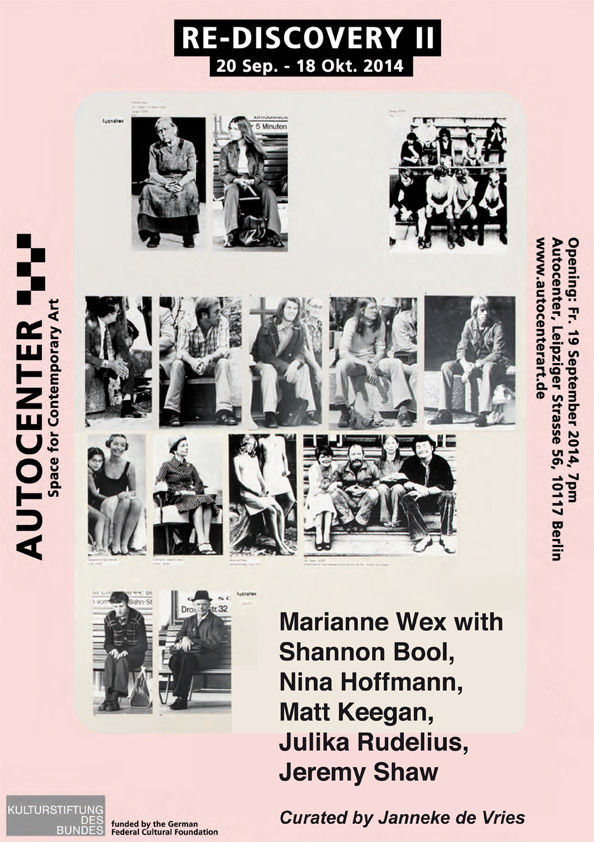
Invitation 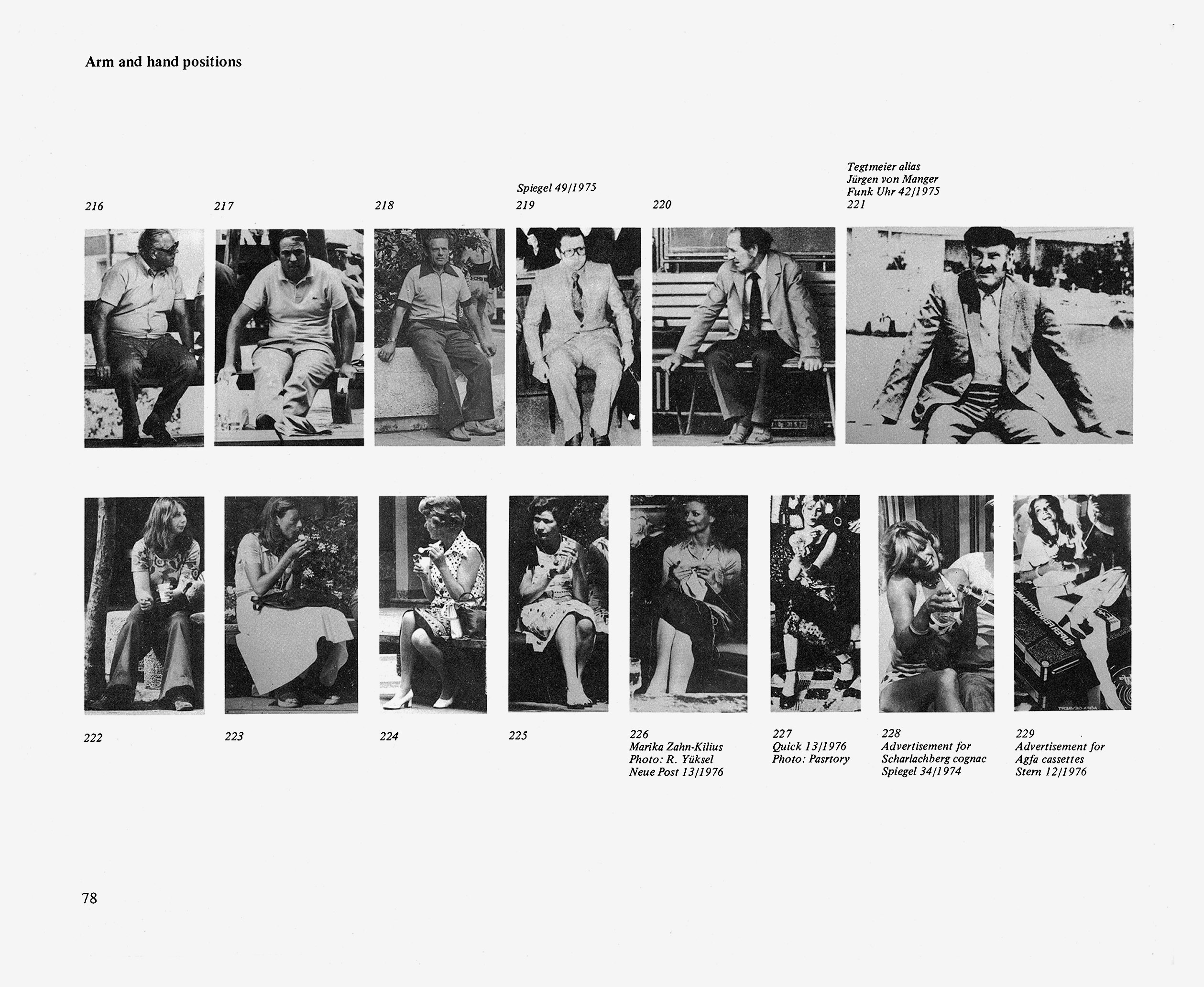
Marianne Wex. Auszug aus dem Buch Let’s Take Back our Space. ›Female‹ and ›Male‹ Body Language as a Result of Patriarchal Structures. 1979 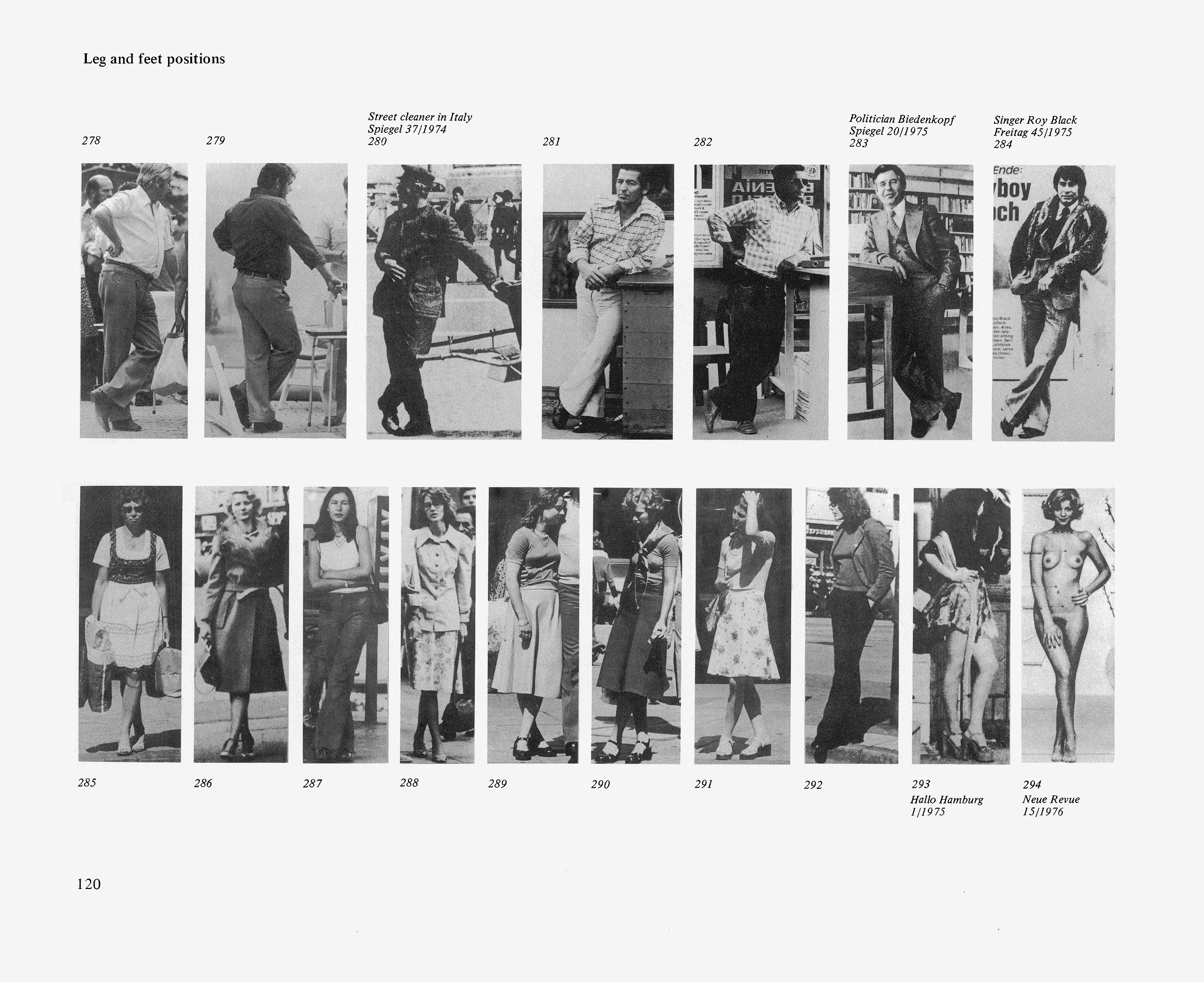
Marianne Wex. Auszug aus dem Buch Let’s Take Back our Space. ›Female‹ and ›Male‹ Body Language as a Result of Patriarchal Structures. 1979 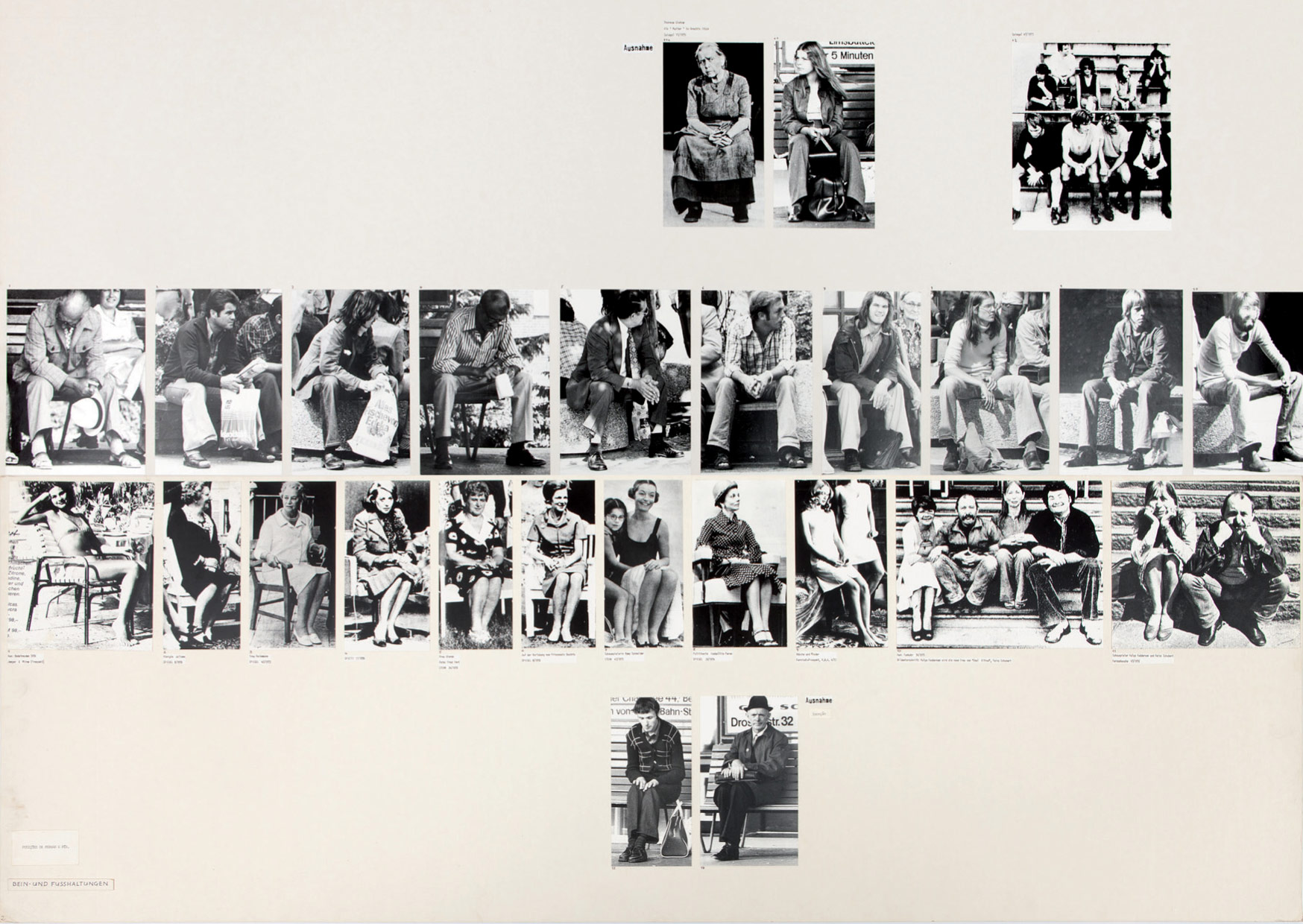
Marianne Wex. ›Weibliche‹ und ›männliche‹ Körpersprache als Folge patriarchalischer Machtverhältnisse, 1972–77 (Detail). Foto: Felix Grünschloss 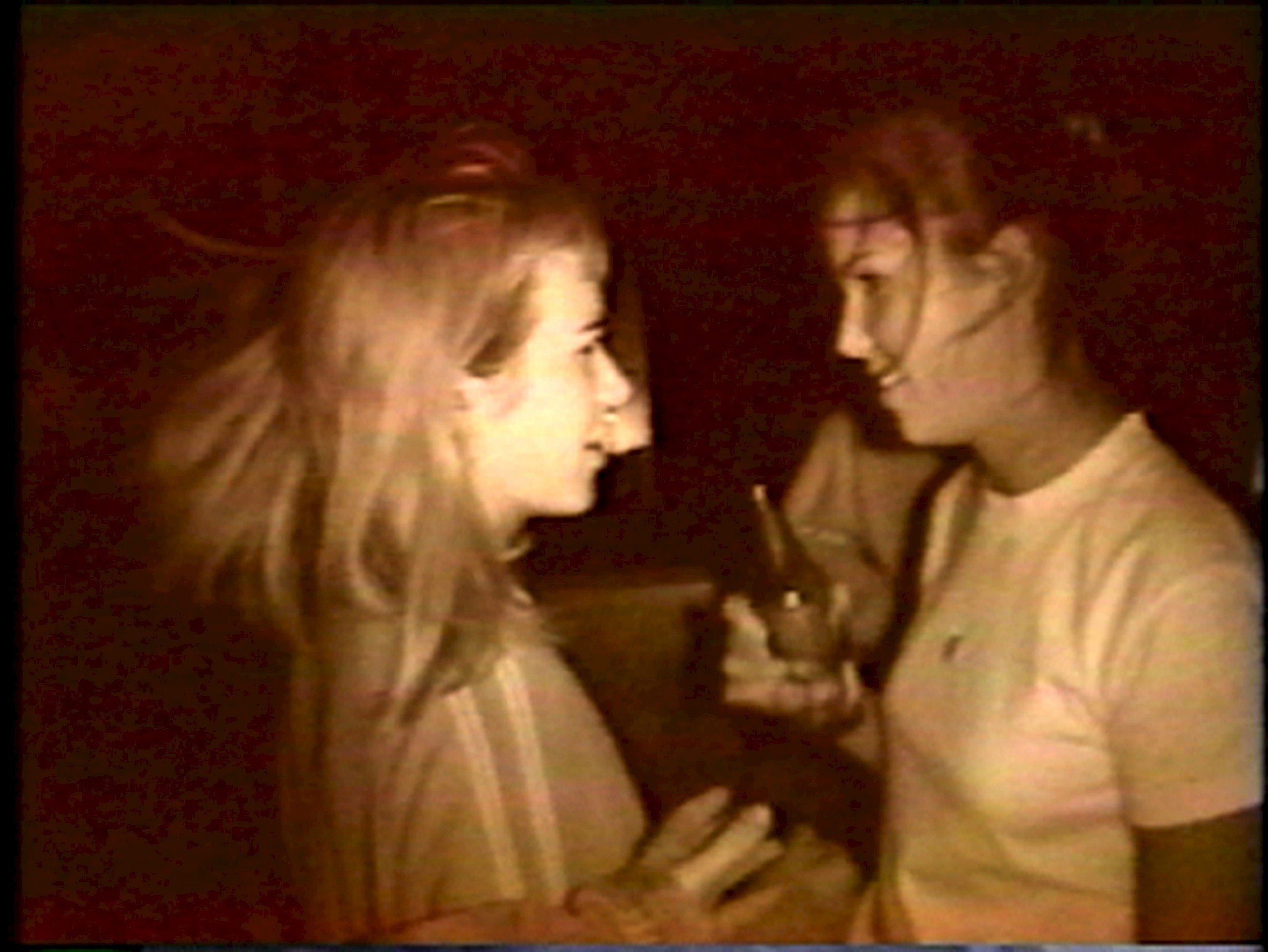
Jeremy Shaw, 7 Minutes, 2003 (Still), 1-Kanal-Video, Video 8 auf DV, Soundtrack, Courtesy des Künstlers 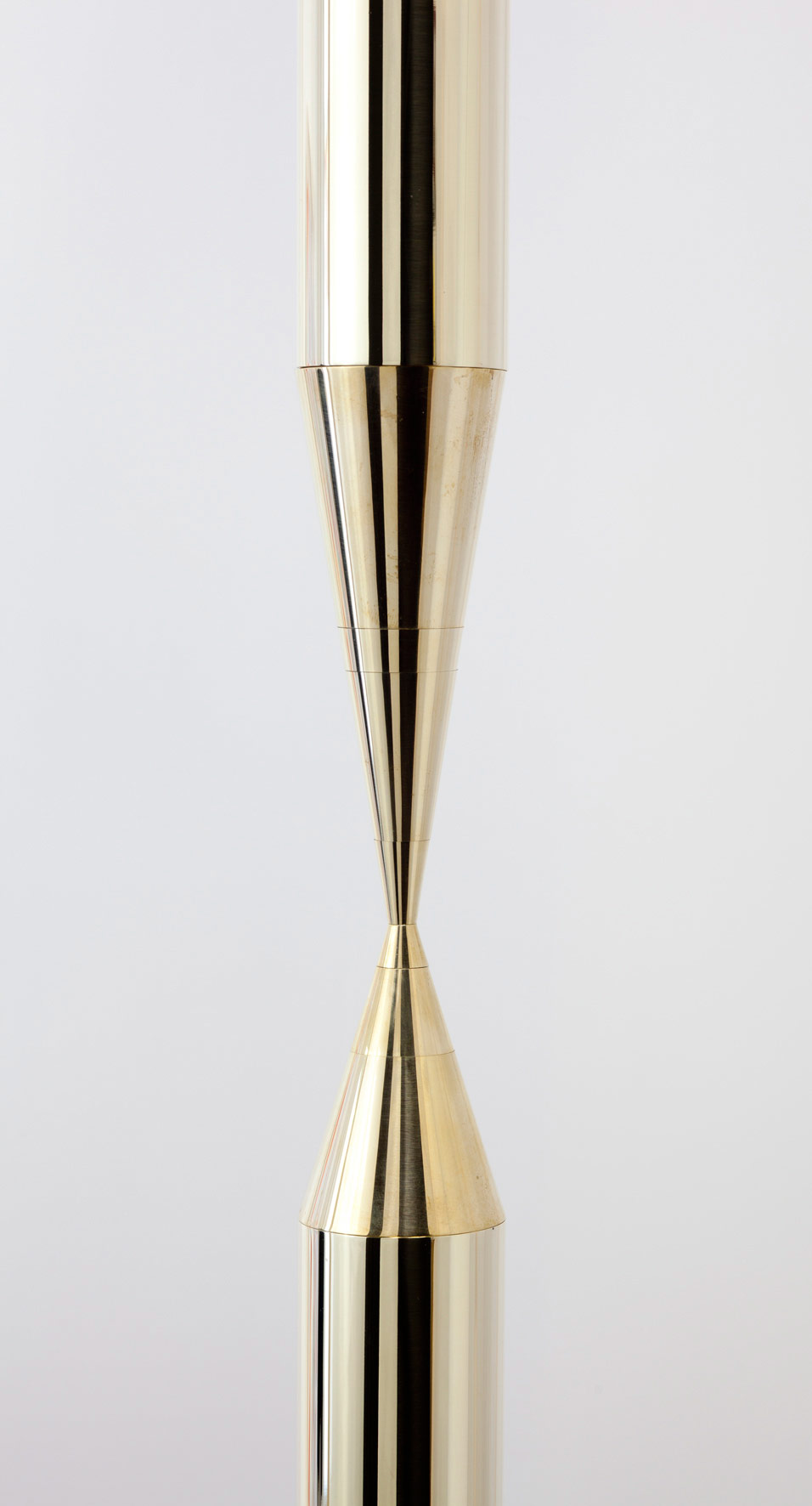
Shannon Bool, Broken Pole, 2010 (Detail). Messing mit Nickel, Höhe variabel, Durchmesser 5cm, Courtesy Galerie Kadel Willborn 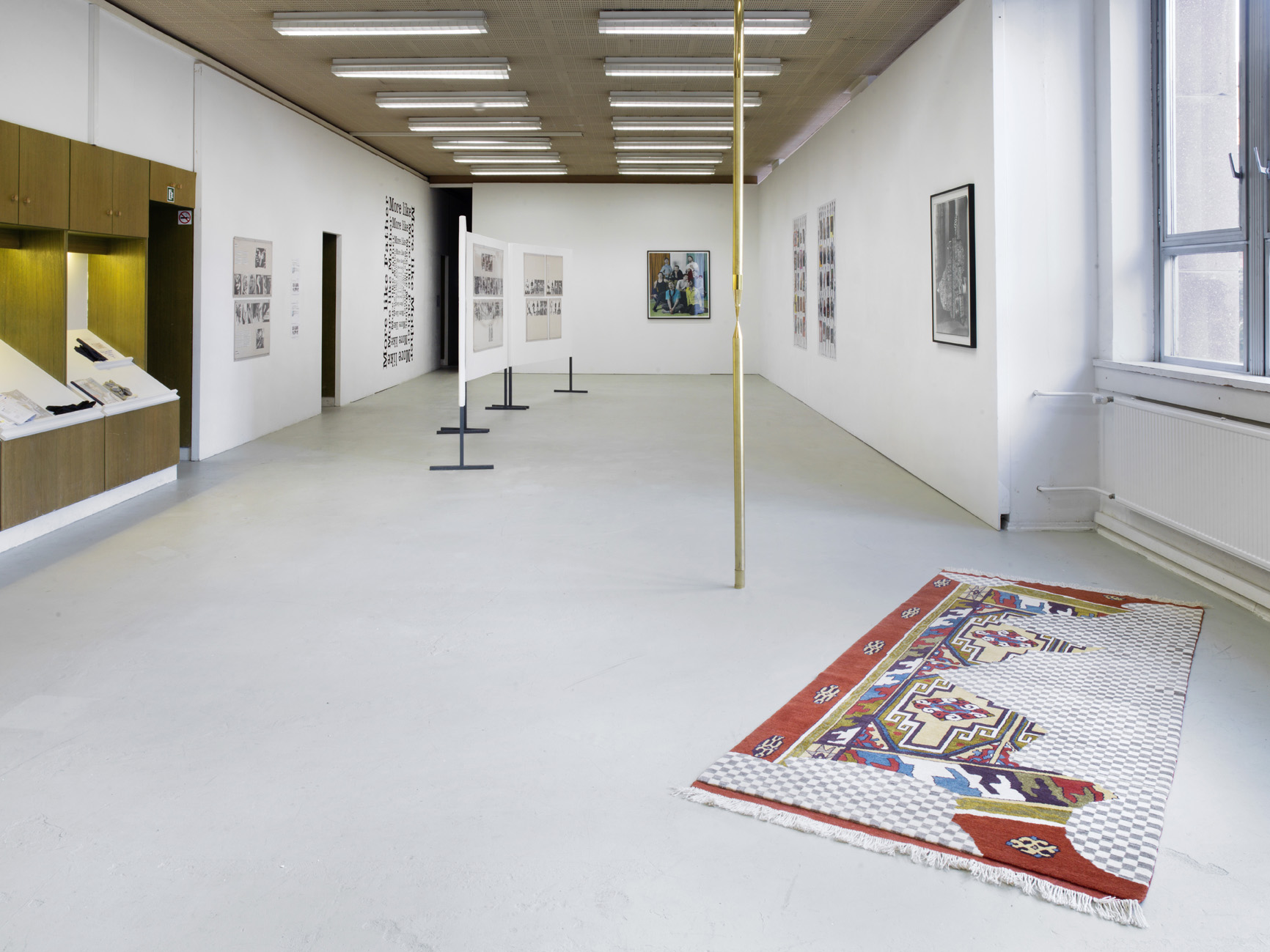
Installation view, Re-Discovery II, (in front: Shannon Bool), Photo: Roman Maerz 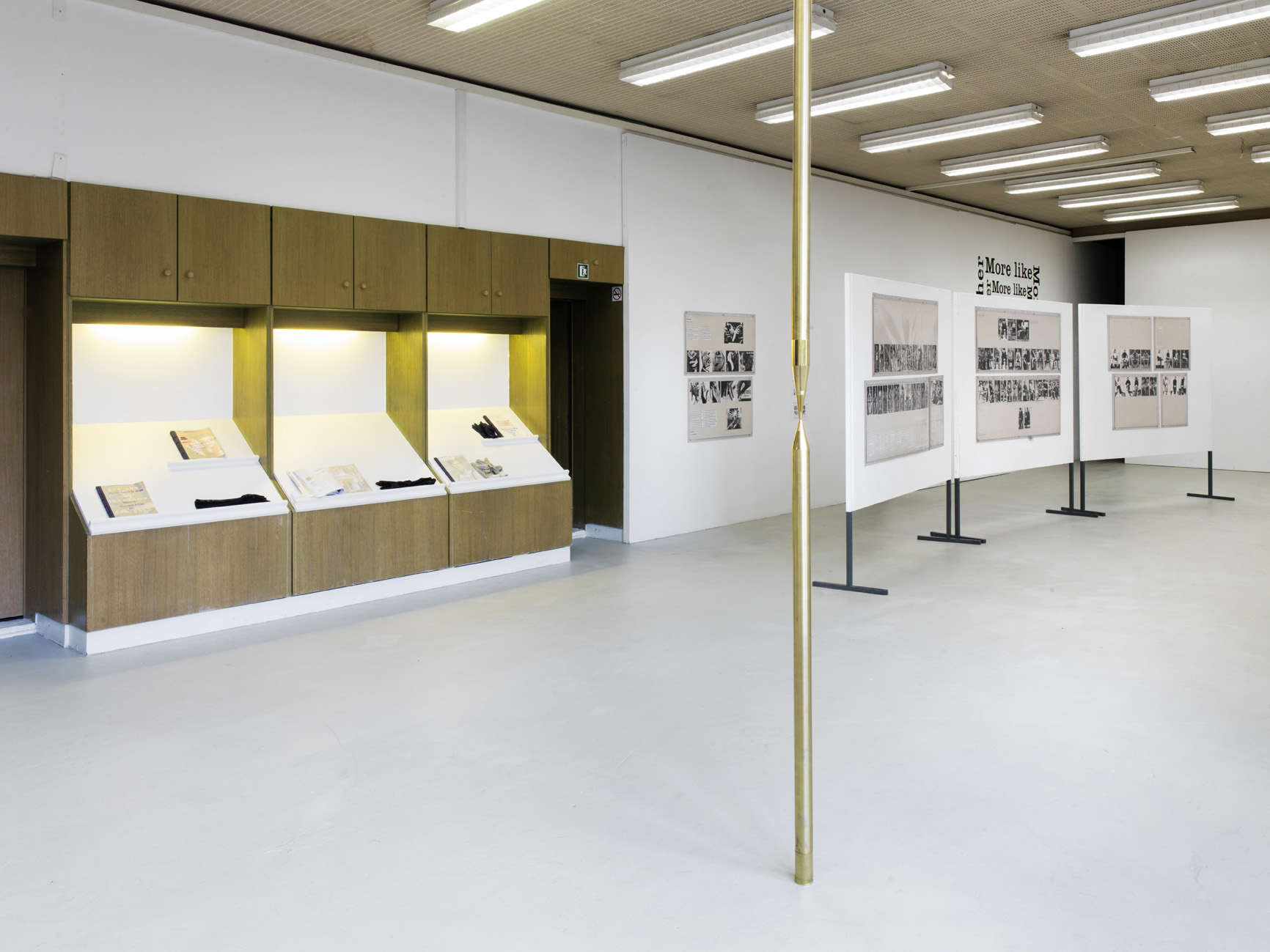
Installation view, Re-Discovery II, Photo: Roman Maerz 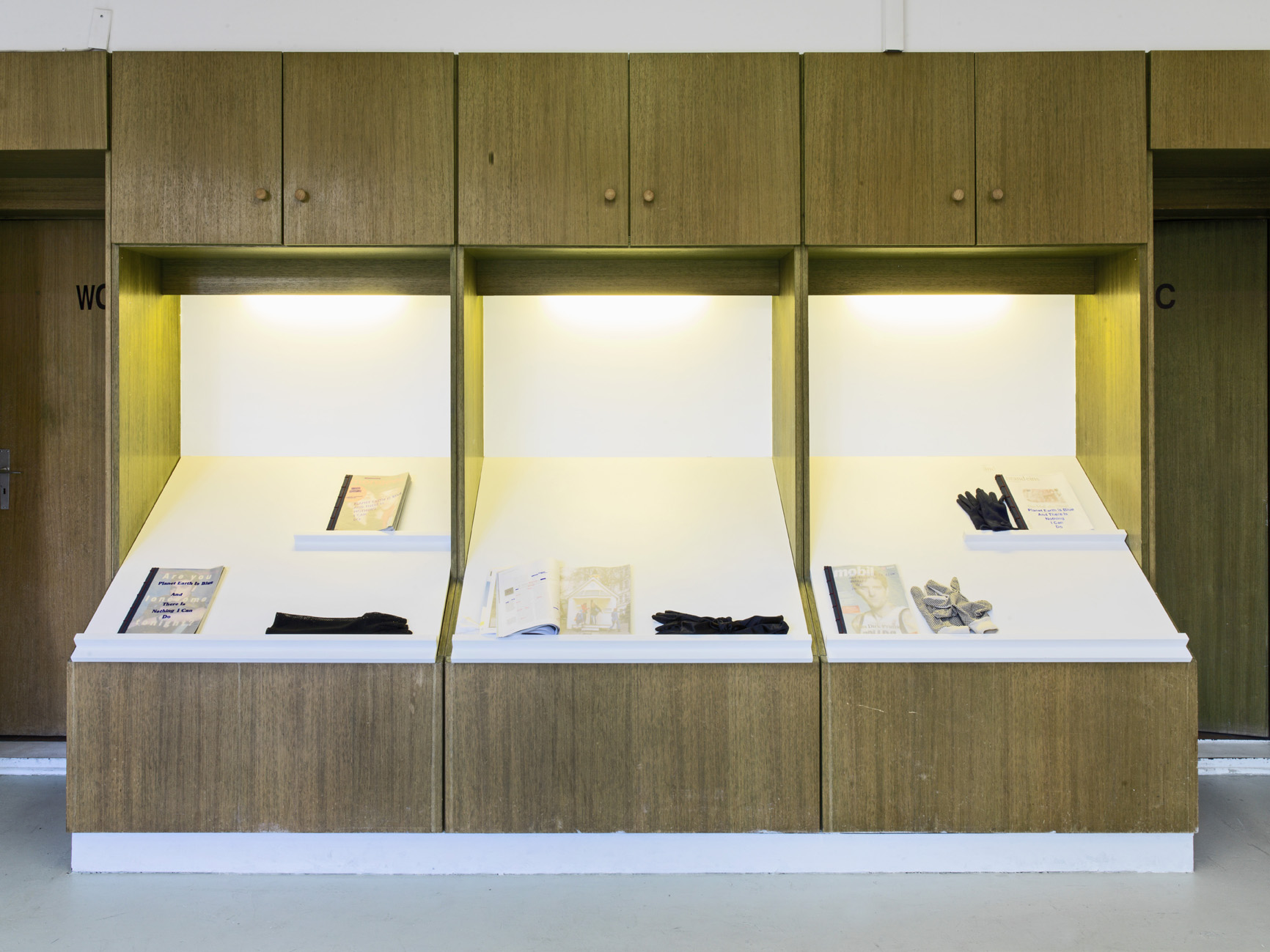
Installation view, Re-Discovery II, (in front: Nina Hoffmann), Photo: Roman Maerz 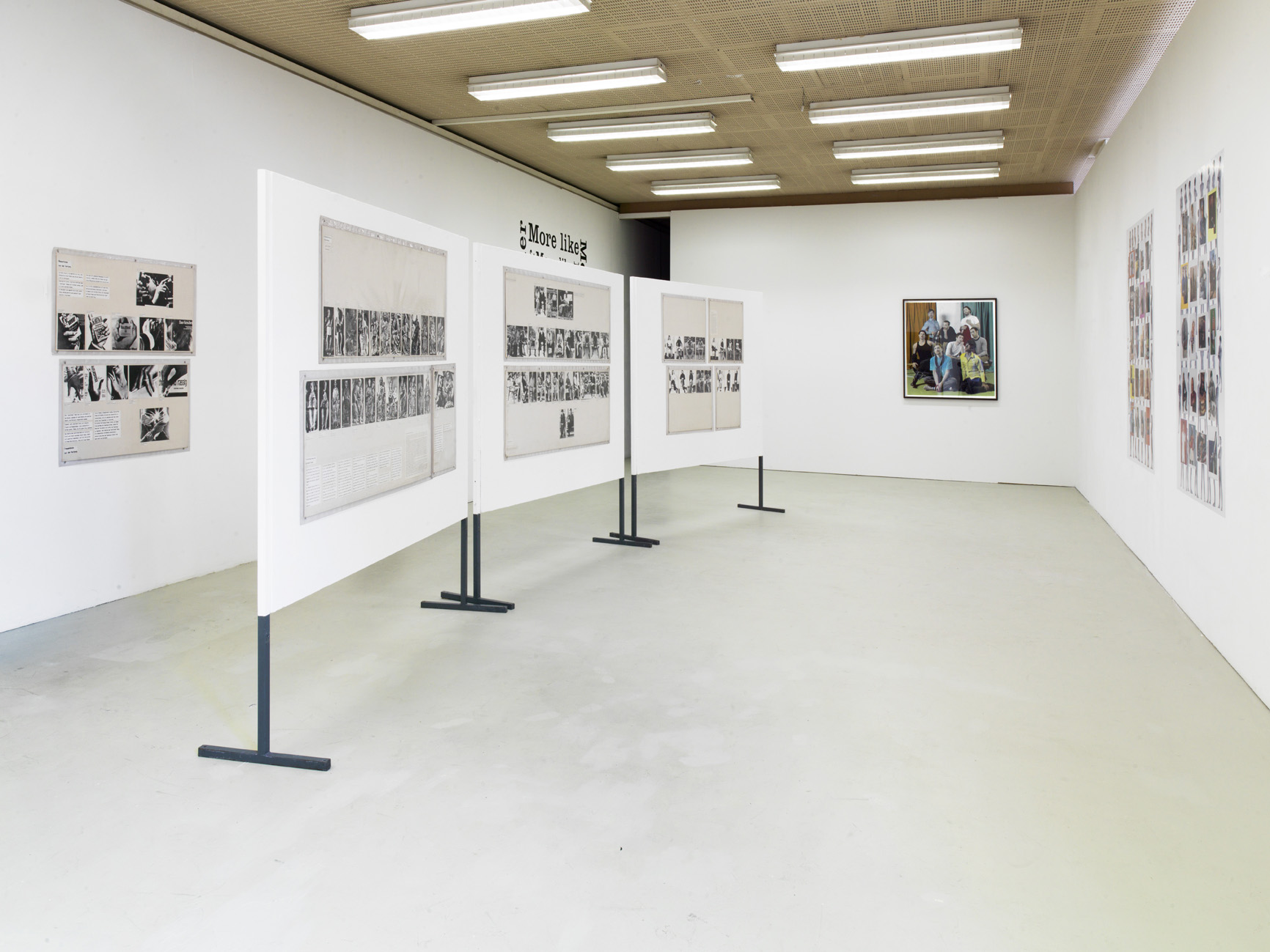
Installation view, Re-Discovery II, (in front: Marianne Wex), Photo: Roman Maerz 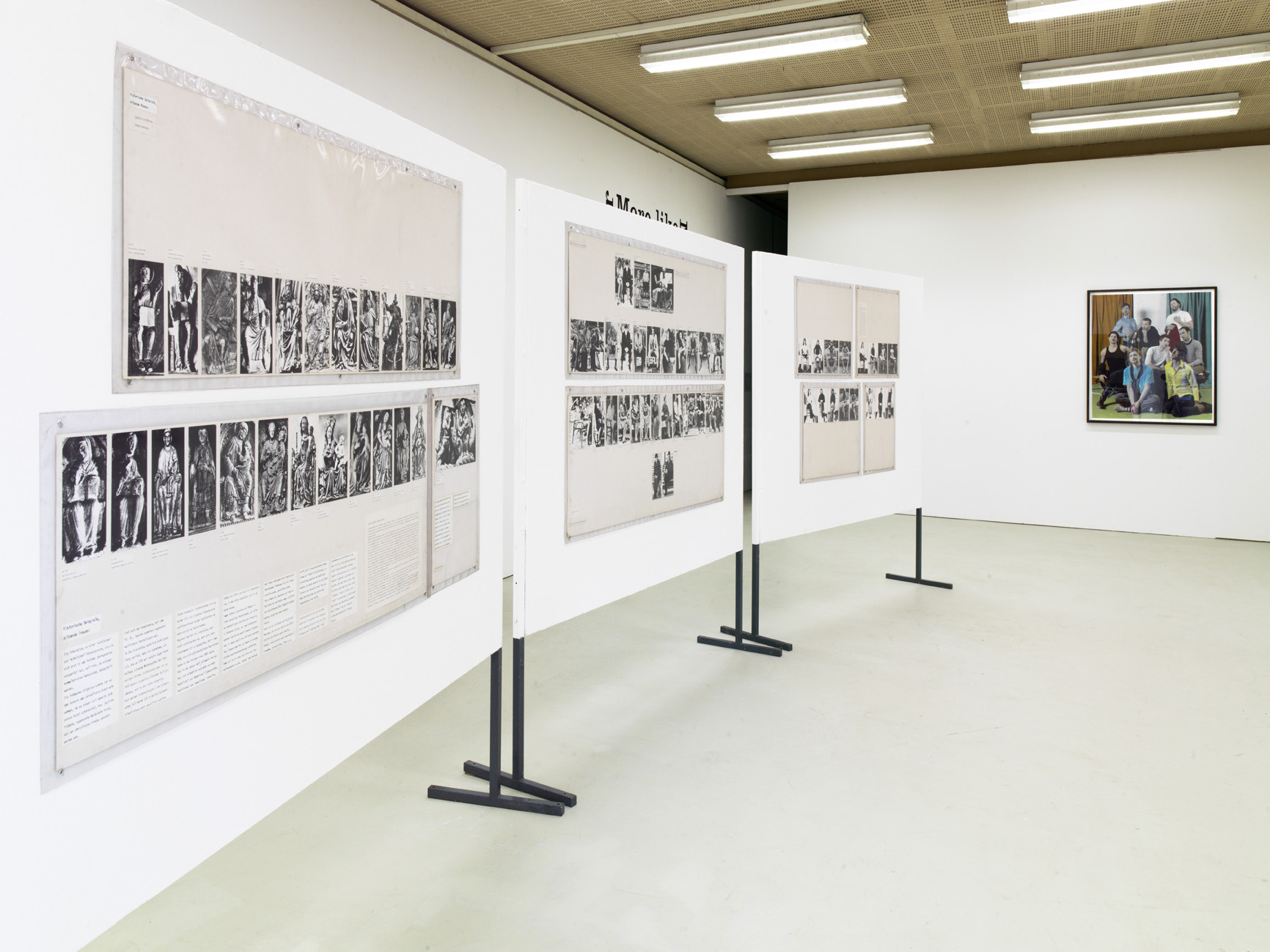
Installation view, Re-Discovery II, (in front: Marianne Wex), Photo: Roman Maerz 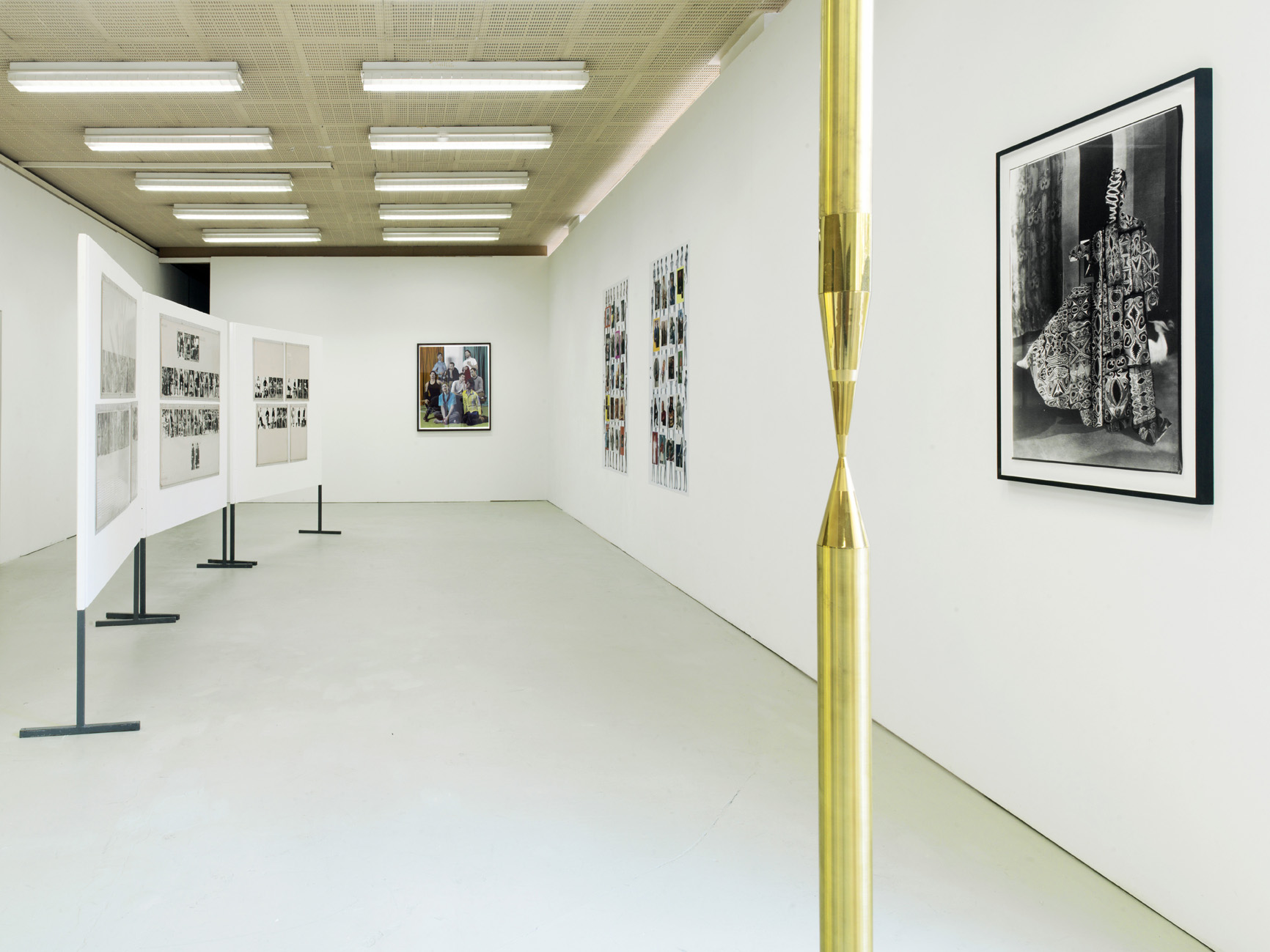
Installation view, Re-Discovery II, Photo: Roman Maerz 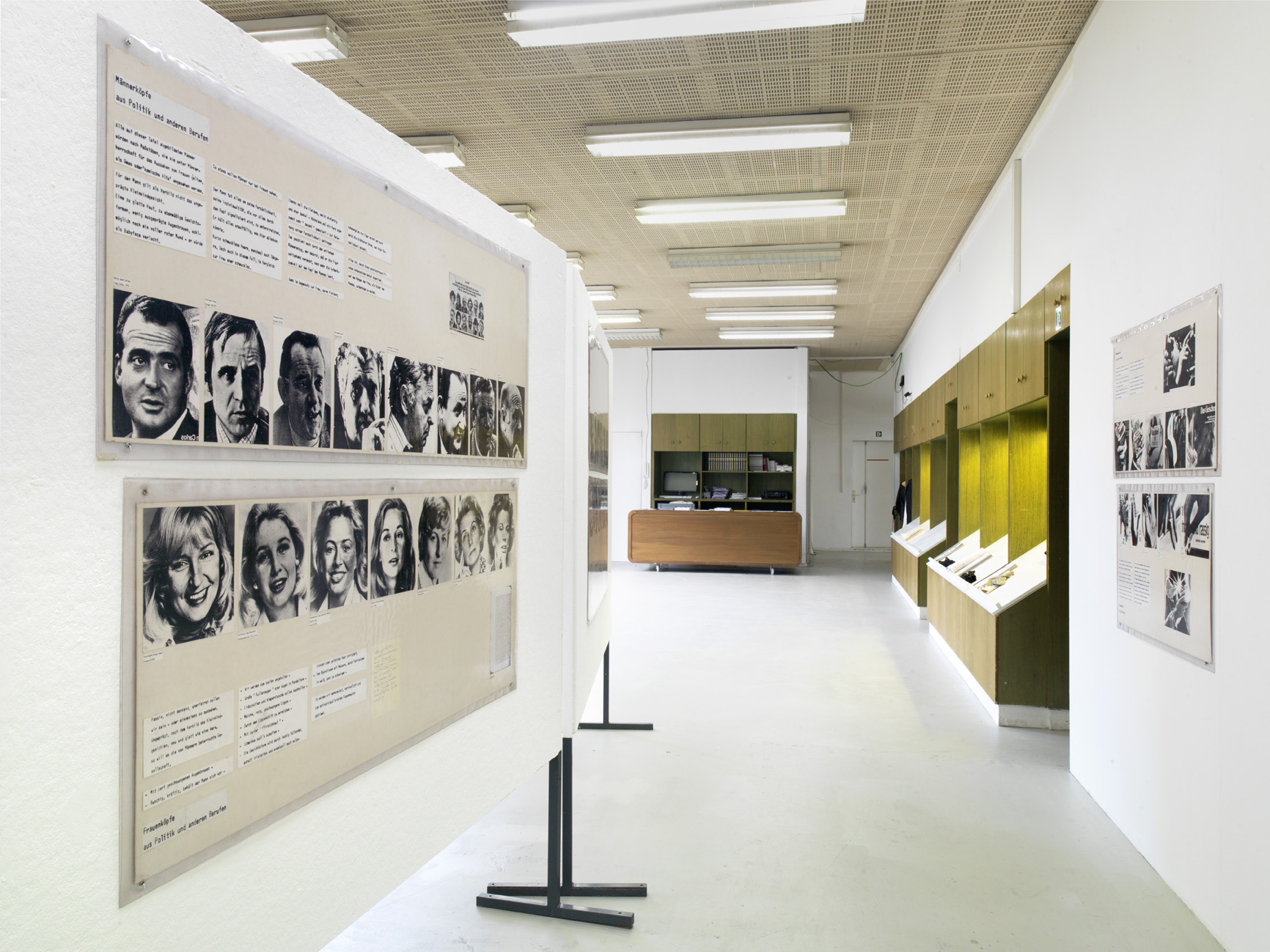
Installation view, Re-Discovery II, (in front: Marianne Wex), Photo: Roman Maerz 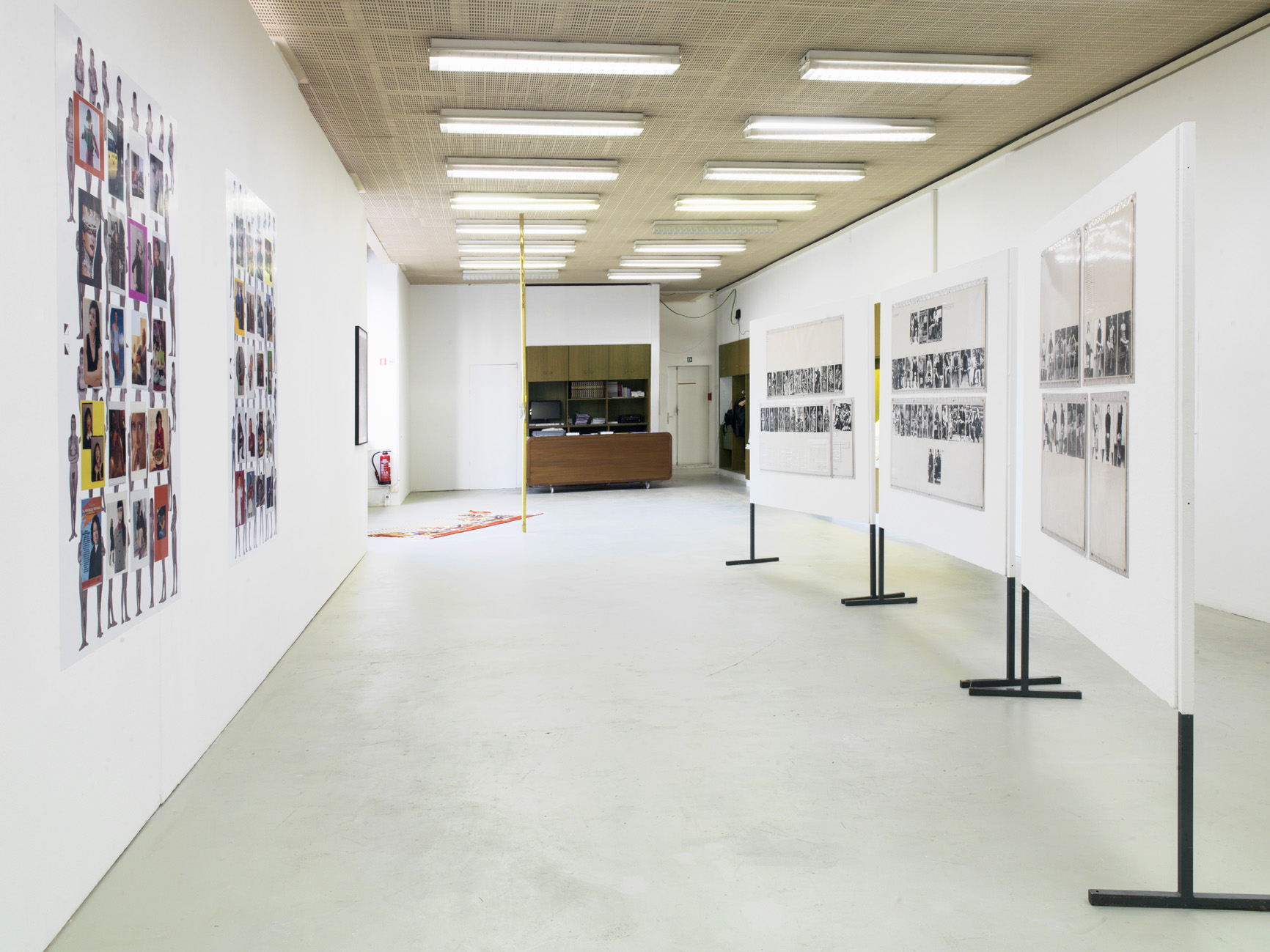
Installation view, Re-Discovery II, Photo: Roman Maerz 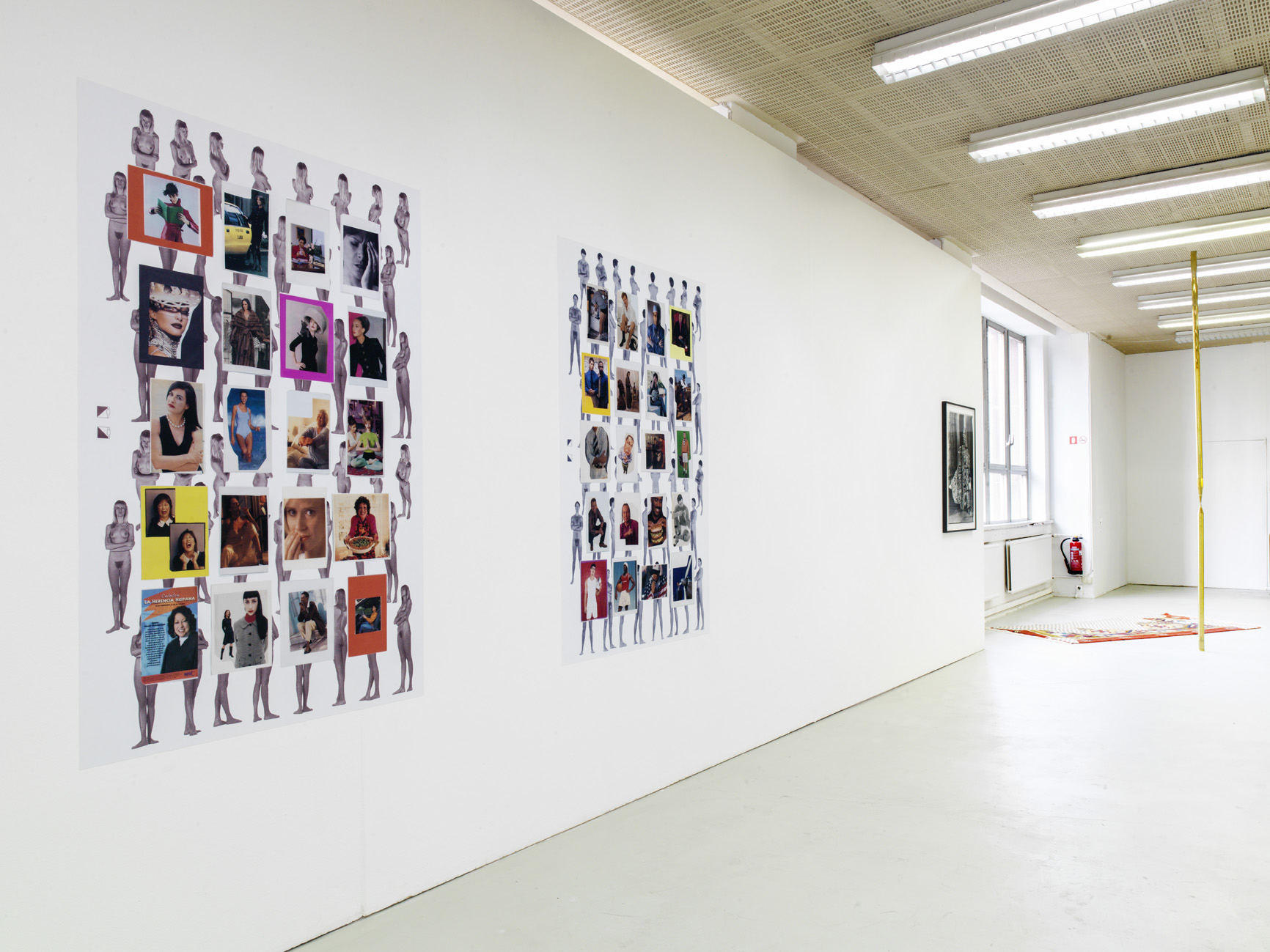
Installation view, Re-Discovery II, (in front: Matt Keegan), Photo: Roman Maerz 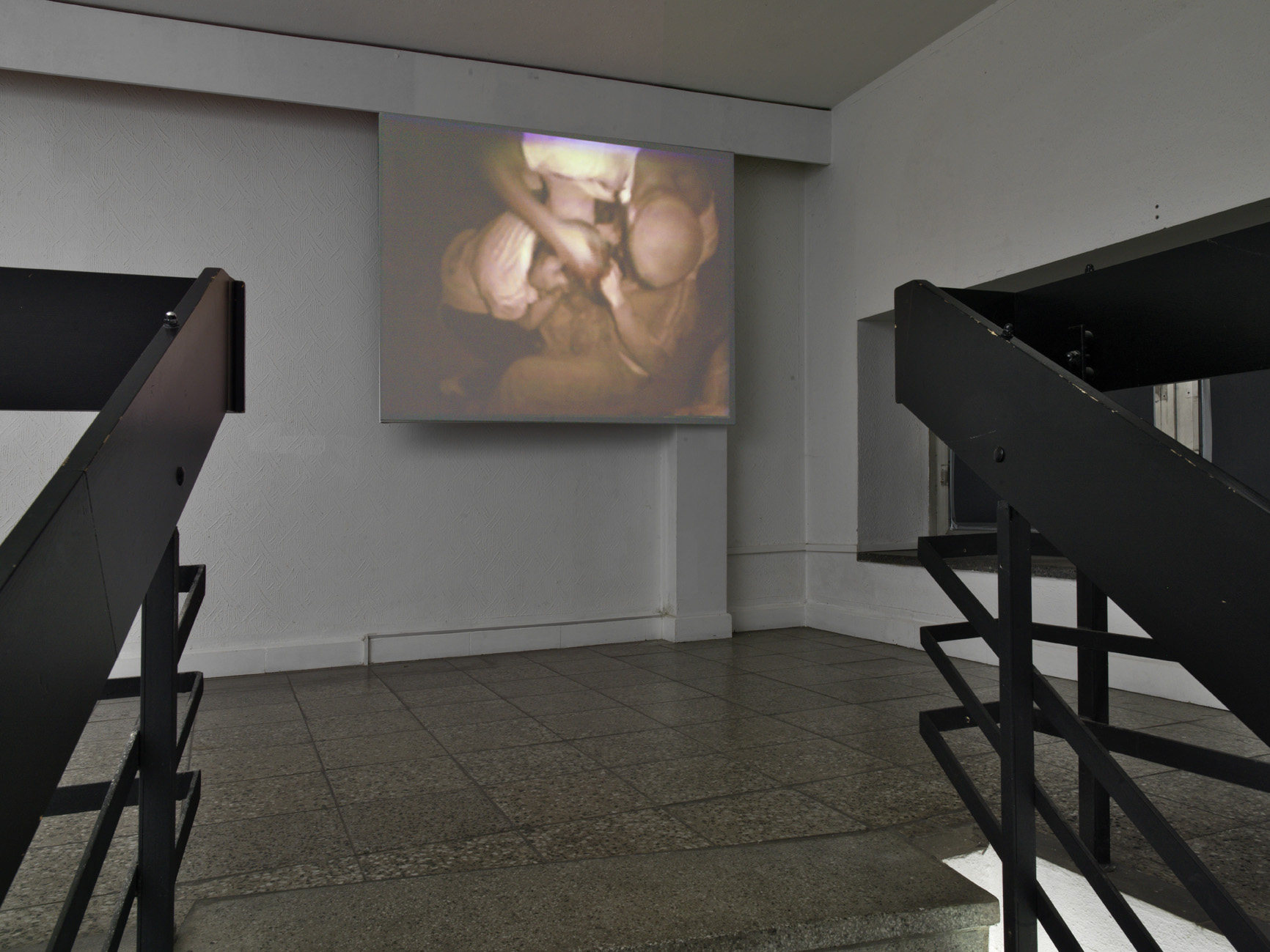
Installation view, Re-Discovery II, (in front: Jeremy Shaw), Photo: Roman Maerz 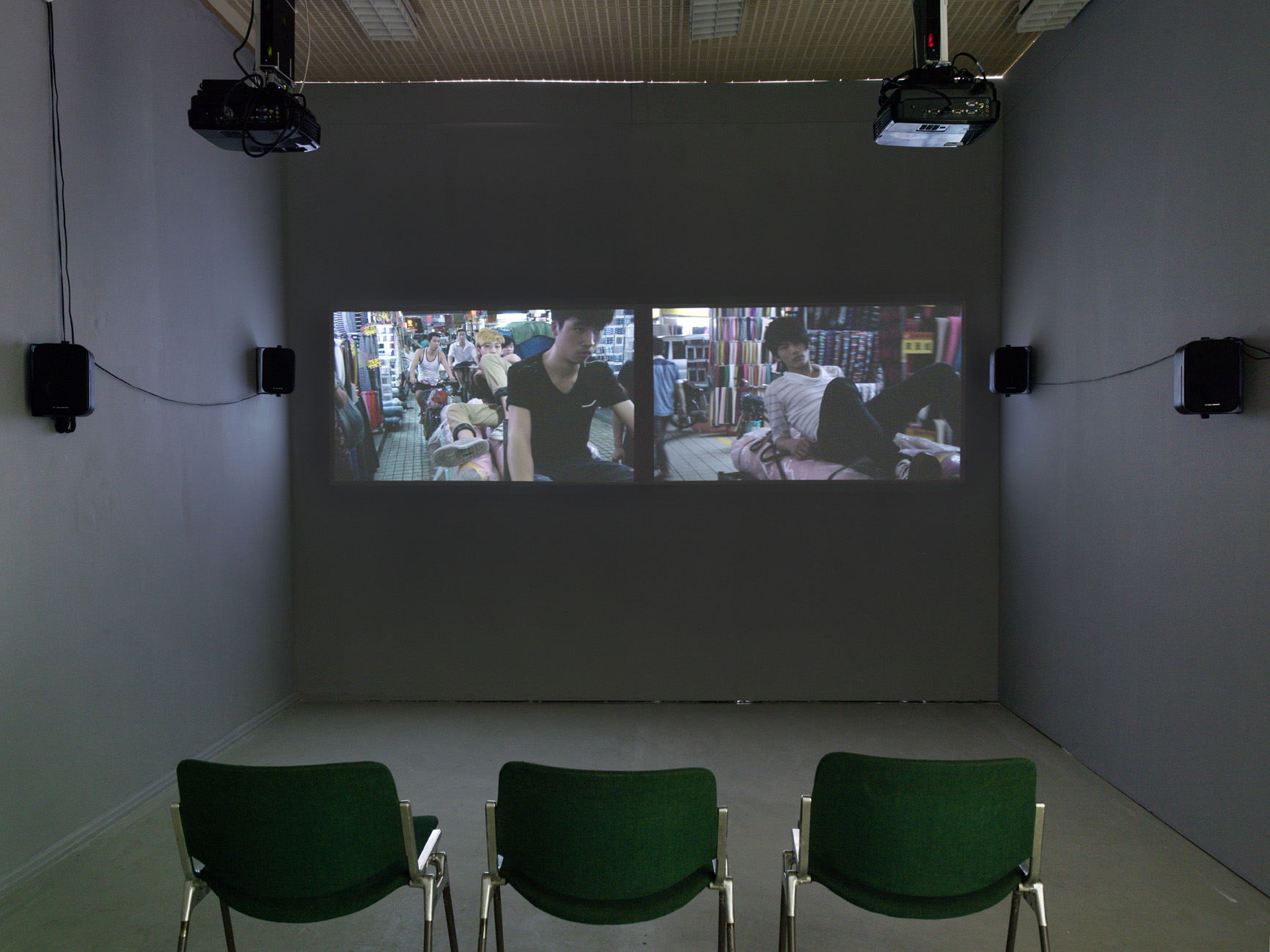
Installation view, Re-Discovery II, (in front: Julika Rudelius), Photo: Roman Maerz